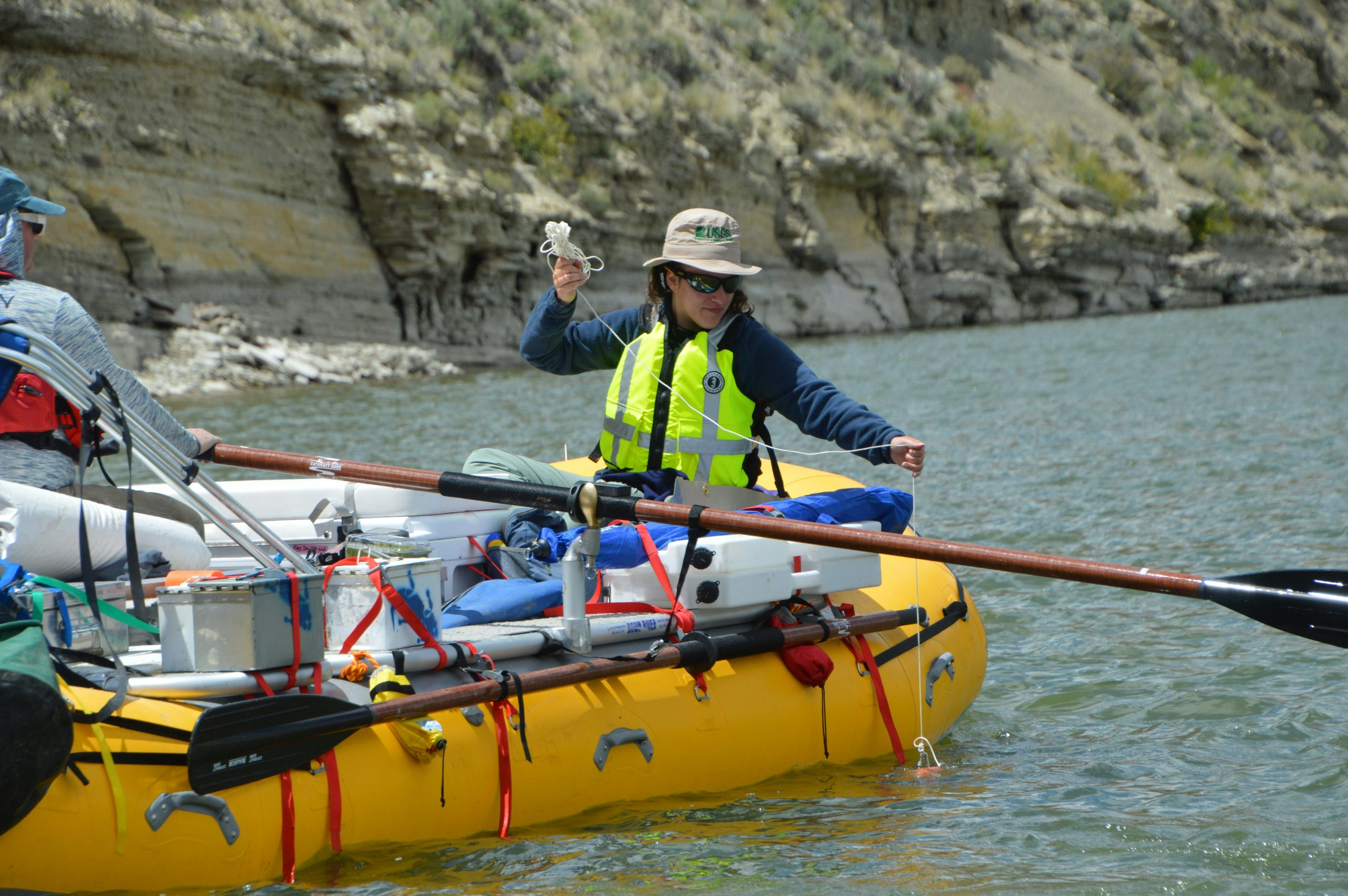Climate Risk Scores: How Insurers Redraw Flood Zone Maps
The effects of climate change are undeniable, and one of the most visible consequences is the increase in natural disasters. Floods, in particular, have become more frequent and severe in recent years, causing widespread devastation and financial losses. As a result, insurers have had to reassess their risk models and redraw flood zone maps to accurately price their policies. This process has been made possible by the use of climate risk scores, a powerful tool that allows insurers to better understand and mitigate the impact of climate change on their business.
What are Climate Risk Scores?
Climate risk scores are a measurement of the potential risk posed by natural disasters, such as floods and hurricanes, in a specific area. These scores take into account various factors, including historical data, weather patterns, and climate change projections, to determine the likelihood and severity of a future event. They are used by insurers to assess the potential damages and financial losses that could result from a natural disaster, and to adjust their premiums and coverage accordingly.
The Need for Redrawing Flood Zone Maps
In the past, flood zone maps were mostly static, with insurance providers using historical data to determine the level of risk in a specific area. However, with the increasing frequency and severity of floods due to climate change, these maps have become obsolete and inadequate for accurately assessing risk. This has led to insurers incurring significant losses, as they were unable to accurately price their policies according to the changing risk landscape.
To address this issue, insurers have had to redraw their flood zone maps, taking into account the latest climate risk scores. This allows them to better understand the potential risks in a certain area and make more informed decisions about their coverage and premiums. By utilizing climate risk scores, insurance providers can more accurately assess the level of risk in a specific location and adjust their policies accordingly.
Benefits of Using Climate Risk Scores in Assessing Flood Risk
Accurate Risk Assessment
One of the main advantages of climate risk scores is their ability to provide a more accurate and comprehensive understanding of flood risk in a given area. By taking into account various factors beyond just historical data, insurers can better assess the potential damages and financial losses that could result from a flood. This allows them to price their policies accordingly and avoid incurring significant losses in the event of a natural disaster.
Better Risk Management
Climate risk scores also enable insurers to take a more proactive approach to risk management. By accurately assessing the level of risk in different areas, insurance providers can implement appropriate risk mitigation strategies, such as avoiding issuing policies in high-risk areas or providing incentives for homeowners to take preventive measures against floods. This not only benefits the insurers but also helps to protect the property and livelihoods of their clients.
Supporting Climate Resilience
By utilizing climate risk scores, insurers play a crucial role in promoting climate resilience. The data collected from these scores can be used to inform policymakers and urban planners about areas that are most vulnerable to floods and other natural disasters. This can lead to better disaster preparedness and response strategies, ultimately minimizing the impact of these events on communities.
Conclusion
The use of climate risk scores in assessing flood risk has become an essential tool for insurers in the face of increasing natural disasters. By taking into account various factors such as climate change projections, these scores allow insurance providers to accurately assess and manage risk, ultimately benefiting both the industry and the communities at risk of floods. Moving forward, it is vital for policymakers, insurers, and other stakeholders to continue utilizing climate risk scores to better understand and mitigate the impact of climate change on society.











